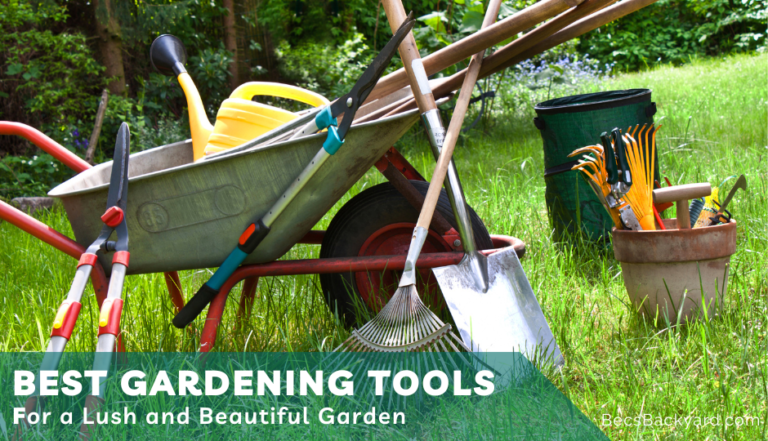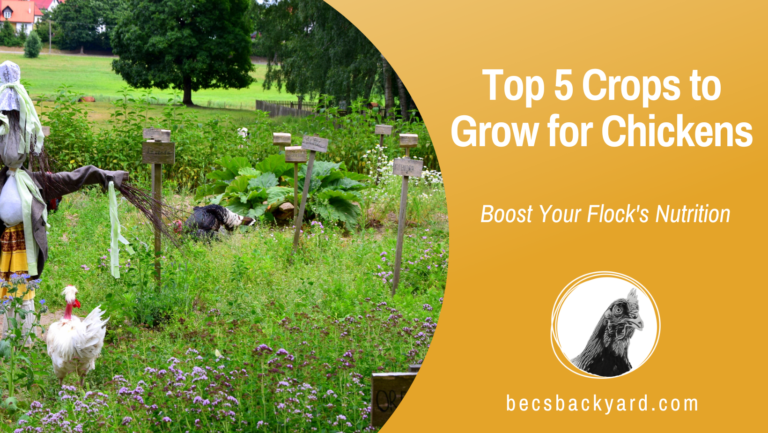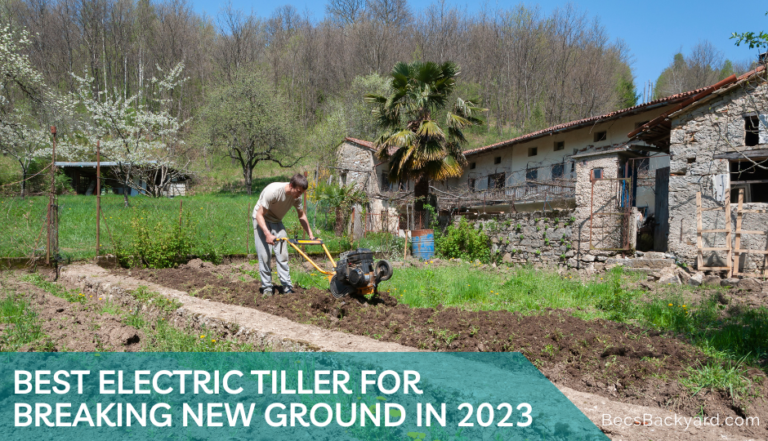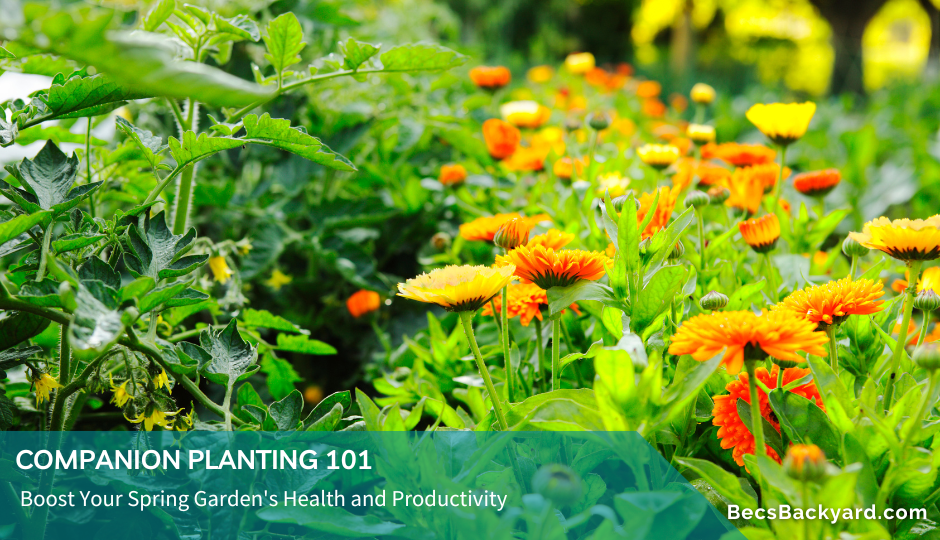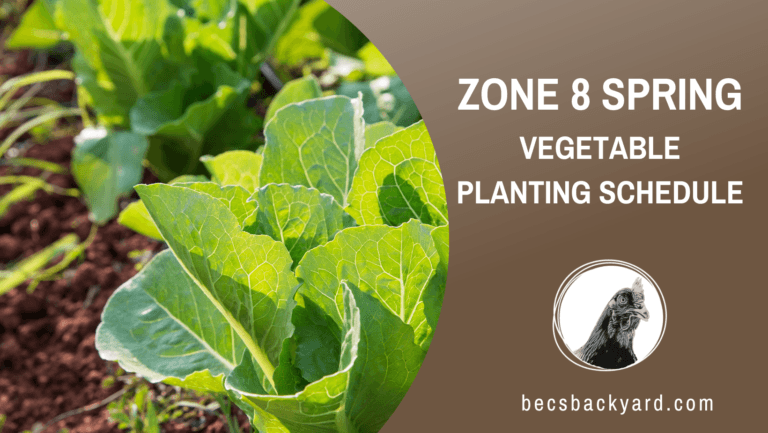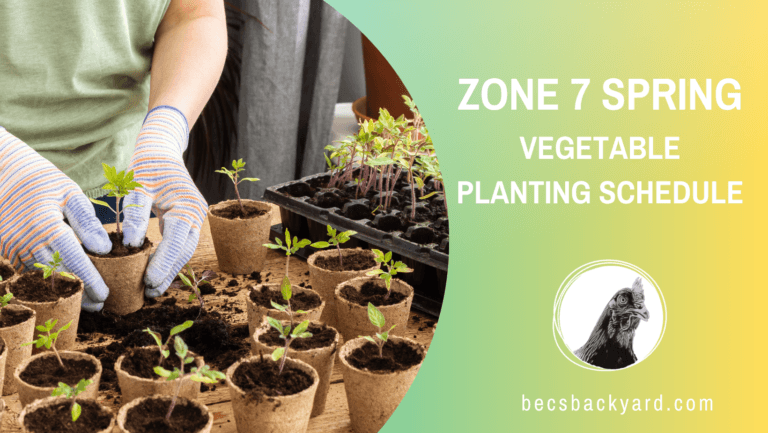The Three Sisters Planting Method: A Beautifully Balanced Garden Strategy
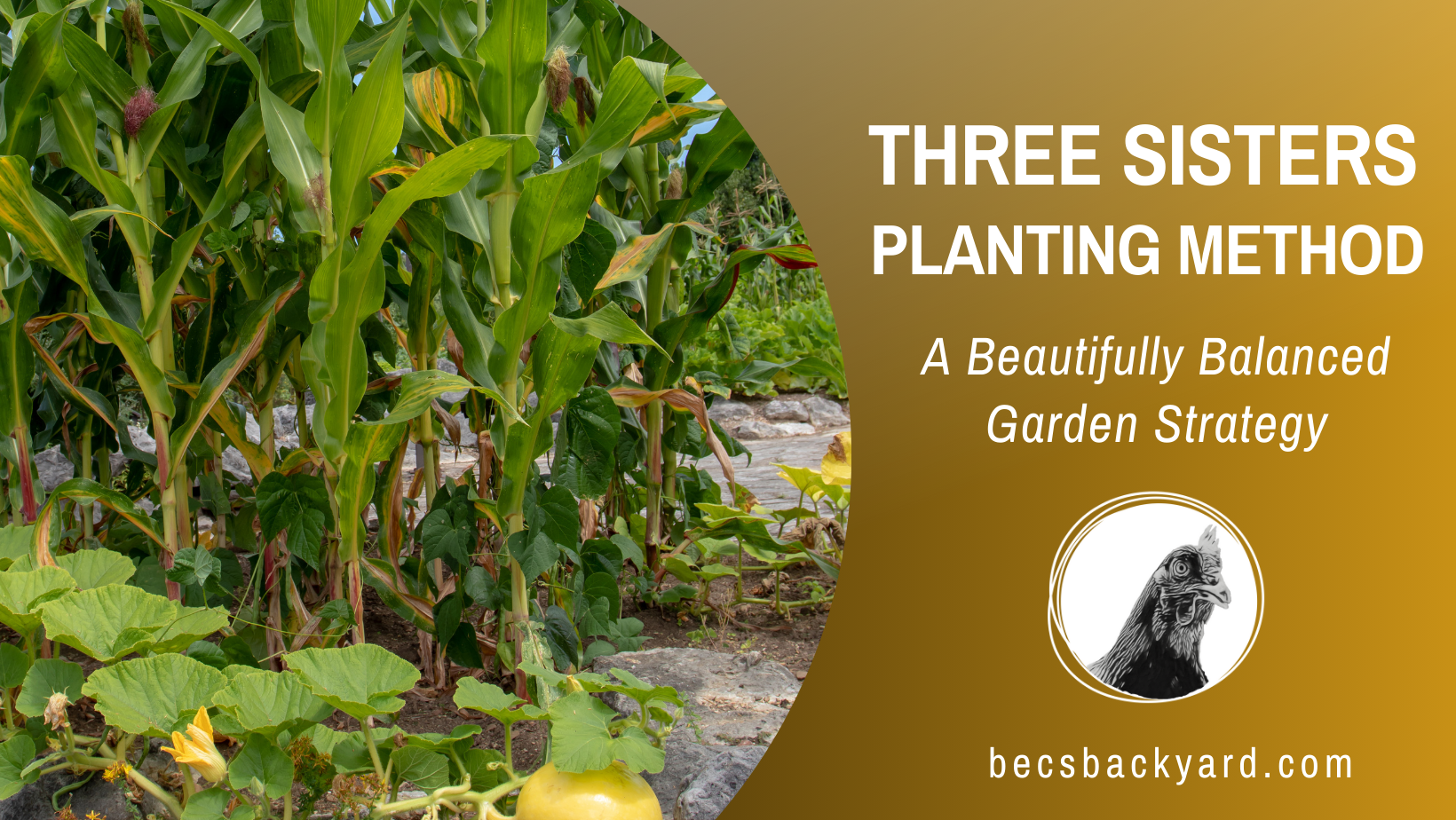
If you’re looking to create a productive and harmonious garden bed this season, the Three Sisters planting method might be just what you need. Rooted in Indigenous wisdom, this time-tested approach uses the natural compatibility of three plants—corn, beans, and squash—to create a mini ecosystem that supports growth, health, and abundance.
What Is the Three Sisters Planting Method?
The Three Sisters method involves planting corn, beans, and squash together in a mutually beneficial arrangement. Each “sister” plays an essential role:
- Corn grows tall and provides a natural pole for the beans to climb.
- Beans fix nitrogen in the soil, improving fertility for all three crops.
- Squash sprawls across the ground, shading the soil, suppressing weeds, and reducing evaporation.
This method isn’t just clever gardening—it’s a holistic system built on cooperation, resilience, and ecological balance.
The Cultural Roots of the Three Sisters
The Three Sisters method has been used for centuries by Indigenous peoples across North and Central America. The Haudenosaunee (Iroquois Confederacy) are especially well known for their use of this system, and many other nations, such as the Cherokee, Hopi, and Mayan peoples, also cultivated their own versions.
In Haudenosaunee oral tradition, the Three Sisters are more than plants—they are spiritual beings, sisters who care for one another. The corn stands tall and strong. The bean winds herself around her big sister for support. And the squash spreads across the ground, protecting her sisters from harm. Together, they feed and sustain the people.
These planting methods weren’t developed purely by accident—they were honed over generations, guided by observation, experimentation, and an understanding of how ecosystems thrive. The Three Sisters system is a living legacy of Indigenous agricultural knowledge.
How the Three Sisters Benefit Each Other



This planting system is a brilliant example of companion planting in action. Here’s how each sister contributes to the success of the others:
🌽 Corn – The Supporter
Corn is planted first and grows tall, acting as a natural trellis for the beans to climb. Without corn, the beans would sprawl on the ground and be more vulnerable to disease and pests.
🌱 Beans – The Nourisher
Beans are legumes, which means they can fix nitrogen from the air into the soil through a symbiotic relationship with beneficial bacteria in their root systems. Corn and squash are heavy feeders and rely on this boost of nitrogen to grow strong and healthy. Beans also stabilise the corn stalks by winding around them, making them more resistant to wind damage.
🎃 Squash – The Protector
The broad, sprawling leaves of squash act like a living mulch. They shade the soil, keeping it cool and moist, and help to suppress weeds that would otherwise compete for nutrients and water. The prickly stems and foliage can also deter some animal pests like raccoons and rabbits.
Each plant alone serves a purpose, but together, they create a complete and self-sustaining system.
How to Plant the Three Sisters in Your Backyard
You don’t need a large field to try this technique—just a sunny spot, decent soil, and a little planning.
Step 1: Prepare the Mounds
- Choose a sunny area and prepare small mounds about 30 cm high and 50 cm wide, spaced around 1 metre apart.
- Each mound will host a little family of sisters.
Step 2: Plant the Corn
- Start by planting 4–6 corn seeds in the centre of each mound in a small circle.
- Corn should go in first, as it needs time to grow tall enough to support the beans.
Step 3: Add Beans
- Once the corn is about 15 cm high, plant 4 bean seeds evenly spaced around the corn stalks.
- Use climbing or pole beans, not bush varieties, so they can twine up the corn naturally.
Step 4: Plant the Squash
- Finally, plant 2–3 squash seeds around the outer edge of each mound.
- Squash vines will trail outwards, helping to suppress weeds and shade the soil.
Best Varieties for the Three Sisters Garden
- Corn: Choose tall, sturdy varieties like heirloom maize or sweetcorn suited to your region.
- Beans: Pole beans are essential—‘Scarlet Runner’, ‘Kentucky Wonder’, or heritage climbing beans work well.
- Squash: Look for sprawling varieties like pumpkins, butternut squash, or even zucchini.
For smaller gardens, you can adapt by using compact squash or dwarf corn varieties.
Why the Three Sisters Method Works
This method is a beautifully balanced gardening system. Here’s why it continues to stand the test of time:
- Pest control: Dense squash leaves deter weeds and some pests.
- Soil health: Beans enrich the soil naturally with nitrogen.
- Space efficiency: Vertical growth of corn and beans maximises limited space.
- Structural support: Beans help anchor the corn stalks.
- Moisture retention: Squash reduces soil evaporation, perfect for dry summers.
- Cultural connection: It’s a living tribute to ancestral knowledge and sustainability.
Common Pitfalls to Avoid
- Planting beans too early: They need corn stalks to climb—don’t rush them in.
- Overcrowding: Give plants room to breathe and grow—each mound should have its own space.
- Aggressive squash in small beds: Choose compact or semi-bush squash if you’re short on space.
- Poor timing: Each plant has its own ideal sowing window—don’t plant all at once unless conditions suit.
Variations and Modern Twists
While corn, beans, and squash are the classic trio, many gardeners get creative with additions:
- Sunflowers can add extra pollinator appeal and visual interest.
- Amaranth is a traditional fourth plant in some Indigenous systems.
- Herbs like dill or borage can attract beneficial insects.
You can also try local substitutions based on growing conditions—just make sure the balance of height, nitrogen-fixing, and ground cover is preserved.
Can You Plant the Three Sisters in Raised Beds?
Absolutely. Just make sure the bed is at least 30 cm deep to accommodate corn roots. Squash can spill over the edges, and you might need to trellis your beans if corn stalks don’t grow tall or sturdy enough. Smaller urban gardens can still benefit from the concept, even in containers or grow bags.
Final Thoughts
The Three Sisters planting method is a stunning example of traditional knowledge meeting practical gardening. It’s not only effective—it’s meaningful. By planting in harmony with nature, you’re creating a space that honours the land, the people who came before us, and the cycles of life.
Whether you’re a new gardener or a seasoned grower, the Three Sisters offer a thoughtful, low-input way to boost your backyard harvest. Give it a go this season—and let the sisters help you grow something special.


